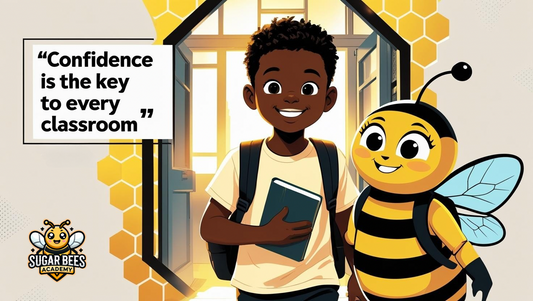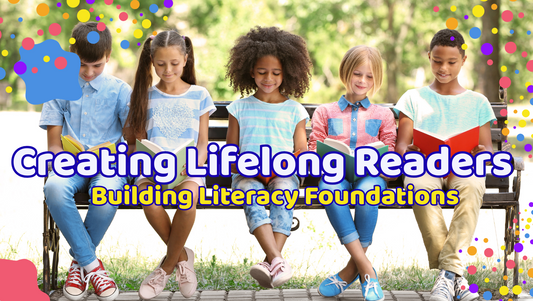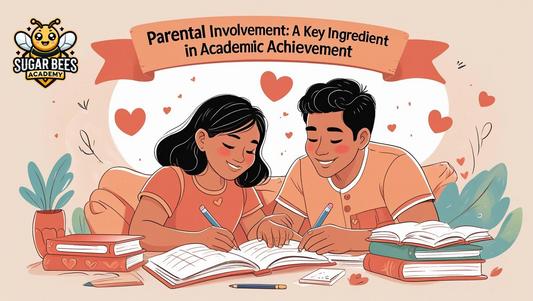
Creating Calm: Mindful Moments for Little Learners
Share
In a world that moves fast, even young children can feel its effects. At SugarBees Academy, we believe calm is not just a feeling—it’s a practice. Teaching mindfulness to young children helps them build self-awareness, emotional resilience, and the ability to pause before reacting.
Mindfulness doesn’t mean sitting still for long stretches. For little ones, it’s about learning to notice how they feel, connect with their senses, and return to a calm center—all in developmentally appropriate ways. These mindful moments become powerful tools for learning, self-regulation, and joy.
Why Mindfulness Matters in Early Childhood
Research shows that children who practice mindfulness experience benefits such as:
• Improved focus and attention
• Greater emotional regulation
• Lower stress and anxiety
• Better sleep
• Increased empathy and compassion
When children learn to slow down, they gain space to make thoughtful choices. It sets the foundation for deeper values like kindness, patience, and gratitude.
How SugarBees Teaches Mindfulness Through Daily Rituals
We build mindfulness into our rhythm—not as a separate activity, but as part of everyday life. Here’s how we do it:
1. Morning Welcomes with Breathwork
Each day may begin with a simple breathing exercise:
“Let’s take three deep dragon breaths together.”
It signals a calm start and anchors children in the present.
2. Mindful Transitions
Instead of rushing from activity to activity, we use bells, songs, or gentle movement to slow transitions—helping children stay grounded and connected.
3. Sensory Calm Spaces
Our classrooms include peace corners with soft pillows, calming visuals, and sensory tools for self-regulation.
4. Gratitude Circles
We take moments to reflect on what we’re thankful for, building appreciation and positive community-spirit.
Mindfulness Activities Parents Can Try at Home
You don’t need a special room or fancy tools to bring mindfulness home. These small rituals can help your child stay calm, connected, and present:
1. “Smell the Flower, Blow the Candle” Breathing
Have your child pretend to smell a flower (inhale) and blow out a candle (exhale). A simple, visual way to regulate breath and calm the body.
2. Body Scan at Bedtime
As your child lays down, guide them to notice each part of their body: “Can you feel your toes? What about your knees?” It builds awareness and helps with relaxation.
3. Mindful Listening Walks
Go outside and ask, “What sounds can we hear?” From birds to breezes, this encourages sensory engagement and curiosity.
4. Glitter Jar Calm-Down Tool
Fill a jar with water, glue, and glitter. When shaken, watch the glitter settle. It’s a visual metaphor for feelings calming down—and it works!
The Power of Slowing Down
In a fast-paced, overstimulated world, children benefit deeply from slowing down. Mindfulness doesn’t require perfection—it’s about presence. A few deep breaths, a quiet space, a moment of reflection can make all the difference.
By integrating mindfulness into early education, we help children respond to big emotions, connect with others, and move through the world with gentleness and grace. These practices support lifelong learning and whole-child development.
In Summary: Gentle Habits That Last a Lifetime
At SugarBees Academy, we see mindfulness as a way to nurture inner calm and outer connection. Through breathing, reflection, gratitude, and sensory awareness, we help our little learners grow into grounded, emotionally intelligent beings.
And with a few simple tools, families can mirror this same calm at home—strengthening bonds and helping children feel safe, seen, and centered.
Mindfulness is a gift—and it starts with just one moment.



